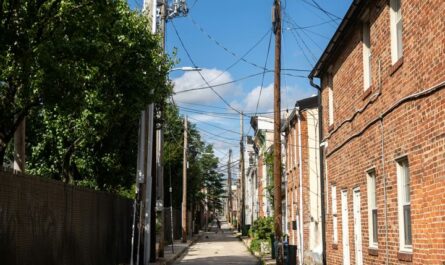Originally published on our site mydailymagazine.com
Do you consider yourself as a bit of a green fingers? We all love the idea of sprucing up the garden ourselves, and the immense satisfaction that comes from looking out at a perfectly trimmed lawn and exquisite flowerbeds, knowing we did this with our own fair hands.
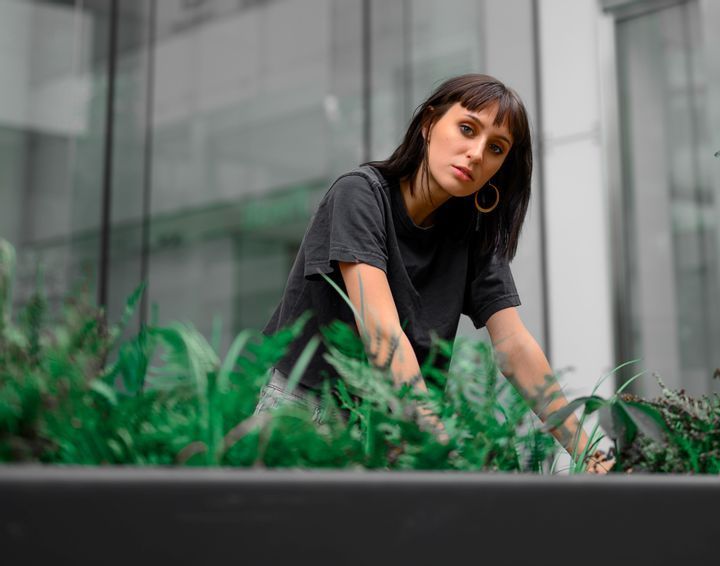
For some, gardening can be a pretty tough, sweaty business, but we have some secret tips that will make it feel easy—and fun! Read on for 30 amazing garden hacks that will have your yard looking tip-top with minimal effort and cost.
Shoe Organizer Shrubs
Here’s one tip you can use if you don’t even have a garden! If your home is missing some outdoor space, or just a little smaller than you would like, you can bring the garden to you by hanging an old shoe organizer over your outside door. Then make a few holes in the bottom of each section, fill with soil, and plant the seeds of your choice in each one.
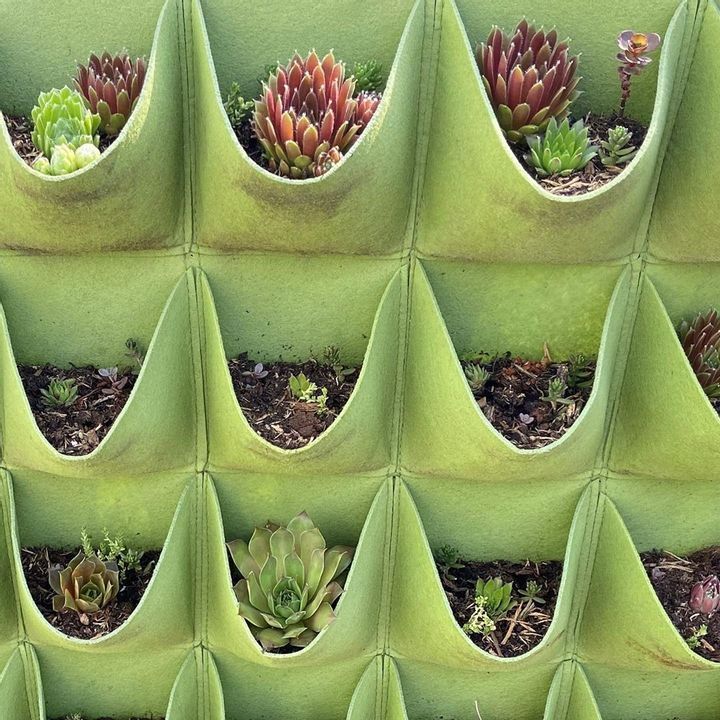
This one is especially good for growing a herb garden—just imagine, home-grown herbs right at your front door!
It’s Easy Being Green
Do you know what is so special about a greenhouse? It’s the fact that they keep the outside world away from the seedlings inside, so it’s the perfect controlled atmosphere within for optimum growth and development of the plants.
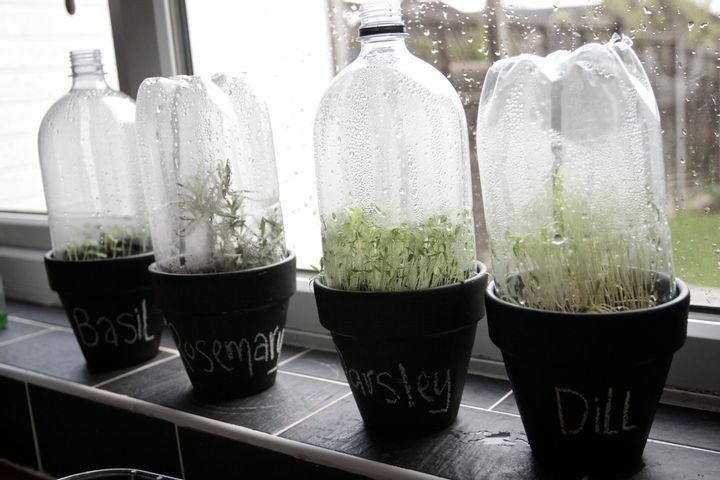
But don’t be fooled into thinking that greenhouses have to be enormous house-sized structures made of glass. No! You can very easily make your own homemade greenhouse. Simply cut a plastic bottle in half, and place the upturned halves over your plants. The plastic will protect your seedlings from any outside elements, creating the ideal environment for them to grow!
Fork Off
Tried everything to keep pesky animals off your lovely lawn, but still suffering from trampled flower beds and shrubbery? If you’re really stuck, there is another thing you can try, although it may somewhat affect the aesthetic of your arrangement.
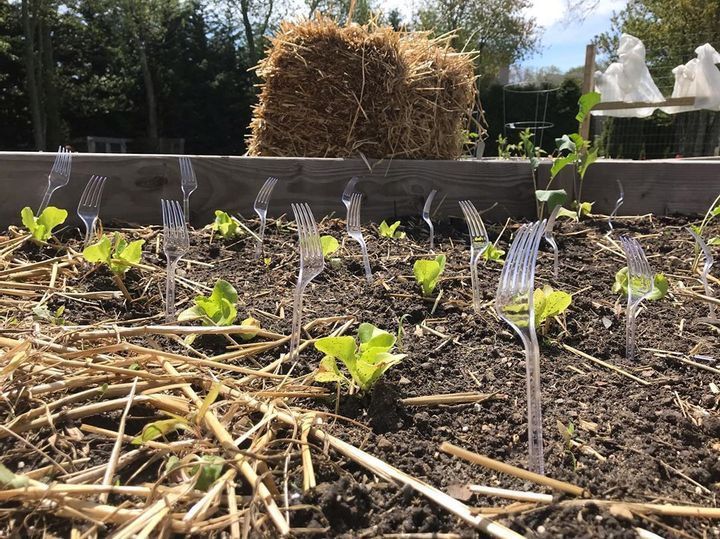
Stick a bunch of plastic forks in the soil, sharp side up. This creates a decidedly less than comfortable walking area for any stray animals that might otherwise feel like taking a stroll through your allotment. Just don’t do any gardening in bare feet!
Double Up
Sometimes it can be incredibly frustrating to pot a plant in what seems like the perfect place, but then when they start growing, you think they would have looked better somewhere else. Worry not—there’s a hack for this too!
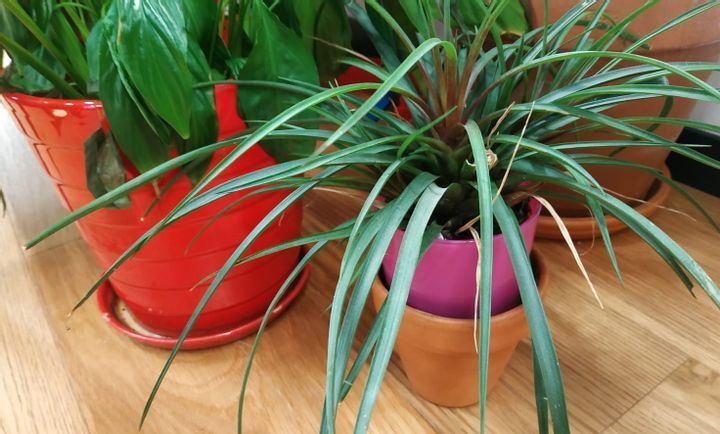
If you put them there using a double layer of pots, then once they start expanding and settling in, you can simply lift out the top pot, leaving you free to move the semi-grown plant around easily. Then you never have to stop improving your garden as much as you want.
Cardboard Blocks
Every gardener knows that every day involves a new weed to fight against, uproot, and make sure it doesn’t do any damage to the precious plants and flowers you have so painstakingly arranged around the yard. But the best way to deal with weeds is actually prevent them before they arrive, rather than chasing them around.
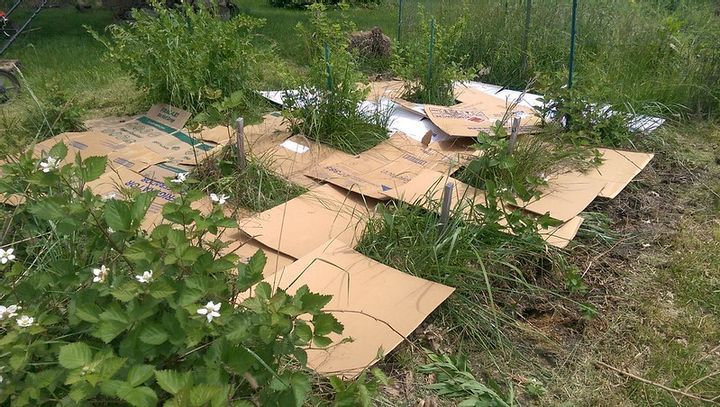
One easy homemade way to do this is lay down sheets of cardboard BEFORE you lay your mulch. This simple step will allow essential nutrients to reach your plants, by stopping any weeds from bursting through.
Compost Mentis
Another amazing way you can use your household items to improve the health of your garden, is also good for the environment!
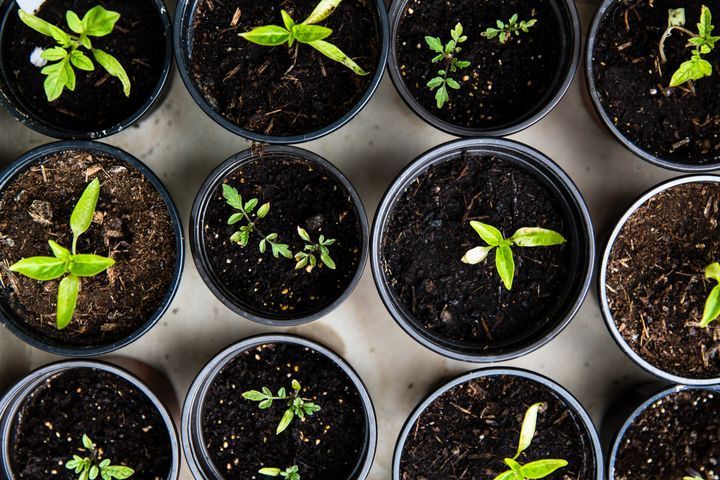
Instead of throwing away your food leftovers like tea bags, banana peels, and egg shells, you can save them in a compost heap. The nutrients in this heap will help nourish the soil in your garden, and the plants and flowers in it will thrive! What a wonderful way to minimize waste and also maximize your garden potential.
Seedling Salts
Another amazing home remedy you can try in your gardening exploits is making your own fertilizer. Don’t worry—it doesn’t involve dealing with any nasty substances! One of the best natural fertilizers is actually made very easily at home, using Epsom salts.
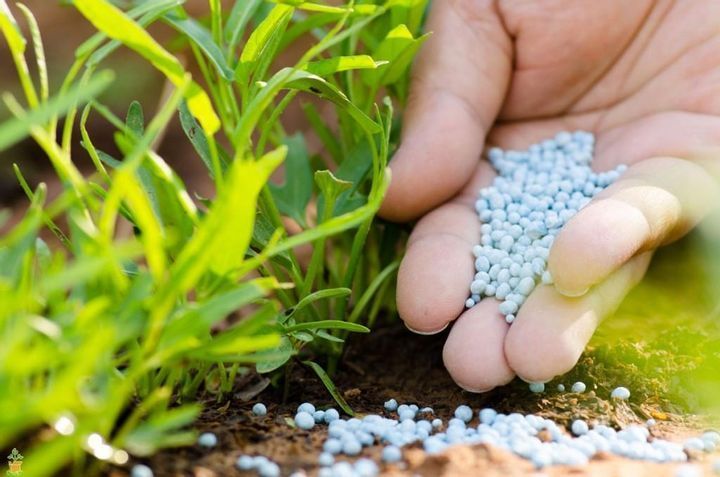
Simply mix two teaspoons of the bath salt with about one gallon of water, and sprinkle over the base of your plants. If you do this about once a month, you’ll be amazed how much your plants will grow!
Don’t Bug Me
Once you have faced off all the weeds, rabbits, slugs, and any other forms of danger or destruction that might befall your beloved garden, there’s still one more to consider—insects. No one expects a garden to be entirely free of creepy-crawlies, but an excess of bugs in your garden can lead to quite a bit of damage to your plants and flowers.
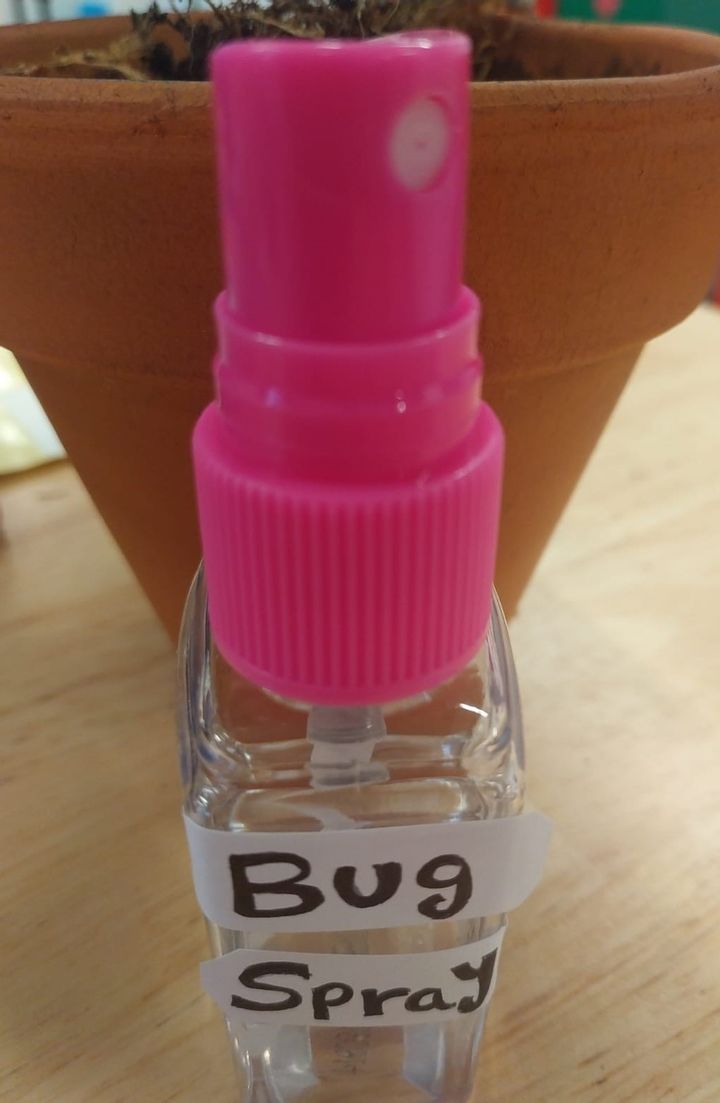
However, there’s an easy—and natural—way to stave off the insects about to ravage your garden. Simply spray your plants with a mixture of garlic and mint, and this should keep those bugs well away.
Suck it Up
We have already talked about how to keep your plants from drying out or losing essential moisture in their pots. But did you know that an EXCESS of moisture can also be just as detrimental to the health of your plants?
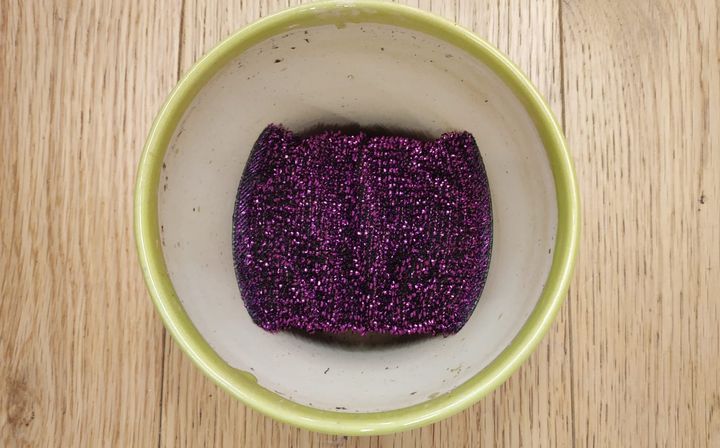
One easy homemade remedy to avoid this risk is to put an old kitchen sponge at the bottom of the pot. This won’t remove all the moisture, but it will help soak up any excess, and avoid drowning your plant in too much water.
Pan Pots
Do you ever wish there was a use for all those cardboard rolls you’re left with after finishing a roll of toilet paper? We do—and now there is! These cardboard cylinders are a great way for starting off your seedlings. Simply fill with soil and add your seeds, storing in a waterproof container.
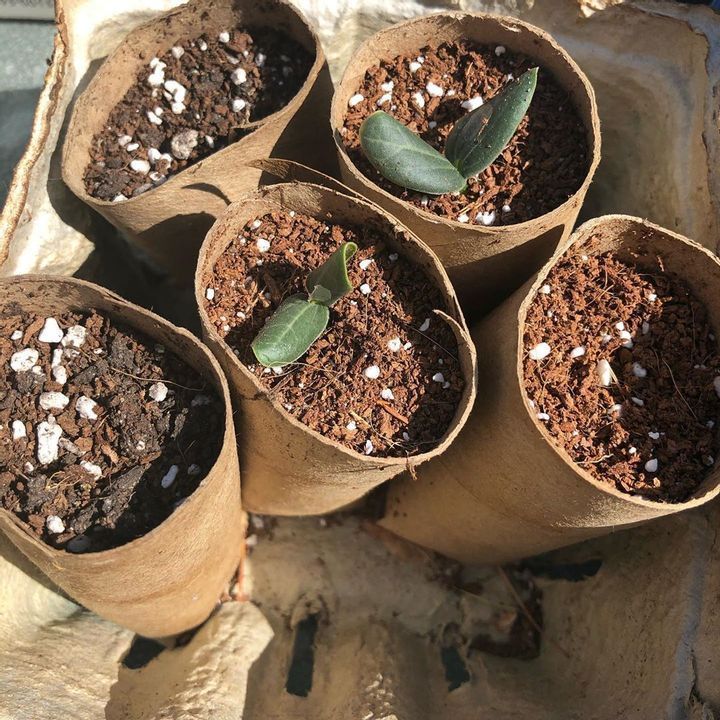
When the seedlings are ready to be put in the ground, you can put them straight in while still in the cardboard. The cardboard itself will naturally biodegrade into the soil, leaving your now-established seedlings free to flourish!
Plastic Fantastic
We know we are all supposed to be reducing our plastic waste, so what are we supposed to do with all those food containers that come when we order takeout?! Well, here’s one answer—you can reuse them to plant your seedlings!
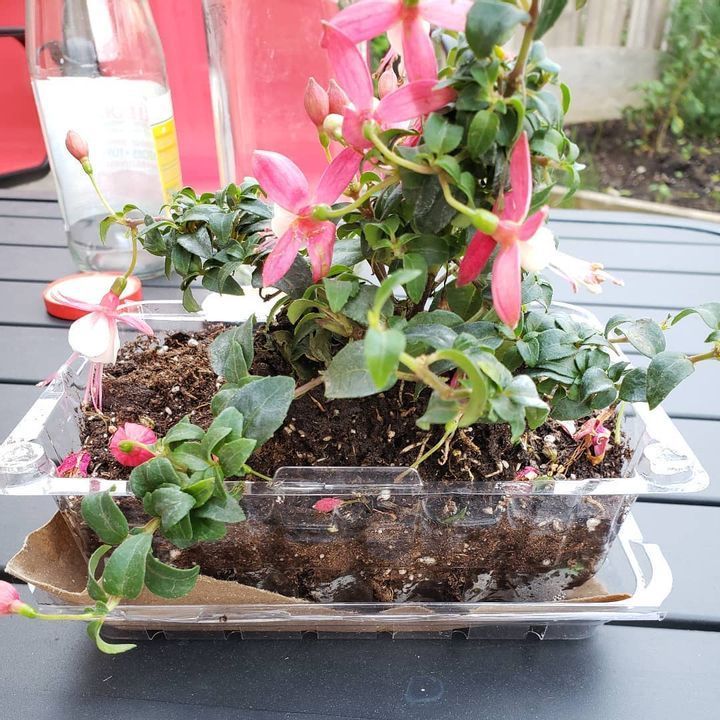
Simply give the container a good wash and fill with soil before adding your seeds. Then close the container and place in a sunny spot. The moisture inside the tub will slowly increase and help sprout your seeds perfectly!
Flower Filter
Getting the balance right in planting your seedlings can be a tricky business. You want the pot to be able to let the moisture out so it doesn’t become waterlogged, but you also want to keep the soil and nutrients in.
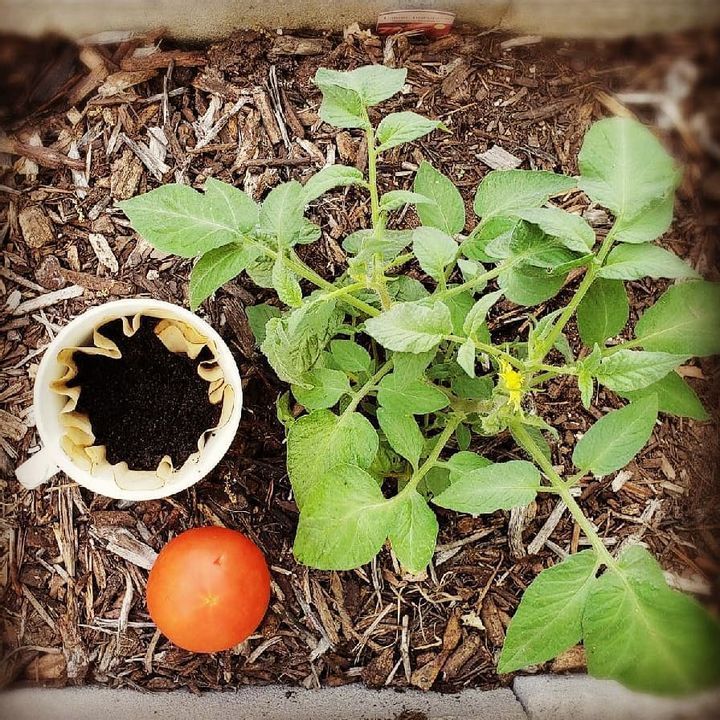
The answer to this quandary is likely already in your own pantry! That’s right—you can use coffee filters at the bottom of your plant pots. They help soak up any excess moisture, while also keeping all the important bits safely inside.
Wet Work
Everyone knows that one of the hardest and most strenuous parts of horticulture is weeding your beloved garden. We’ve all been there—sweaty and exhausted from trying to heave weeds out of the soil, our hands red raw from tugging.
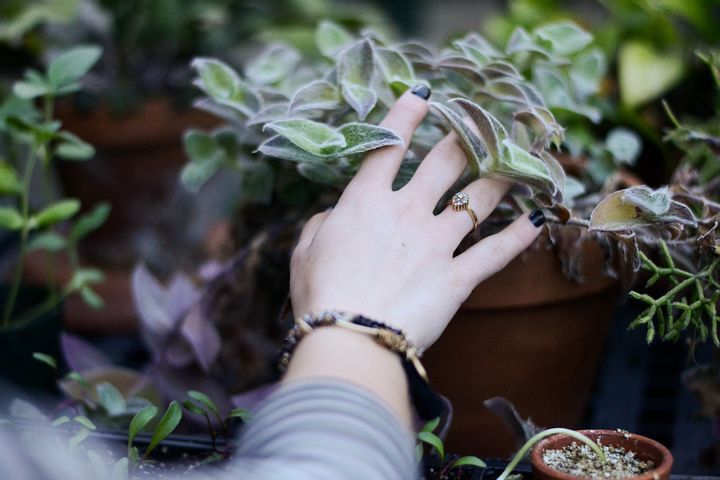
But a simple hack to make this ordeal a little easier, is to do it when the ground is wet. Either wait for a rainy day to do this for you, or hose down your garden yourself and get started. You’ll find it a much easier—if a little muddier—experience!
Weed Water
Even though weeds are obviously totally annoying, like any enemy, the secret is in using their power against them. The problem with weeds is that they suck up all the nutrients from the soil that are supposed to go to your plants.
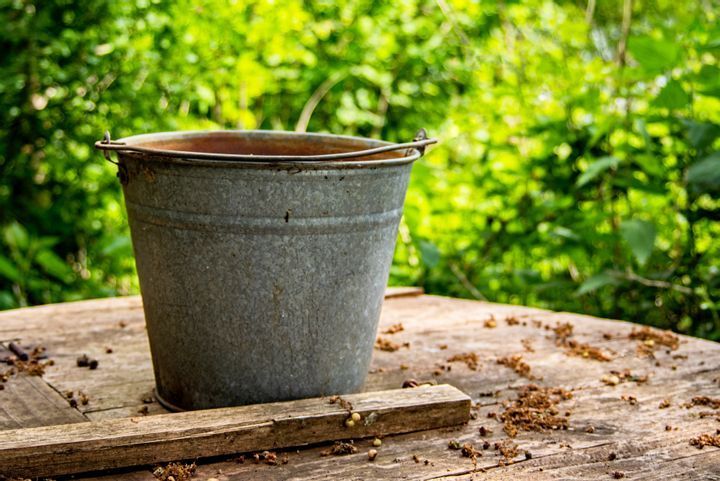
But instead of just tossing out the weeds once you have pulled them out, you can extract those nutrients and give them back to their rightful recipients! Simply steep the weeds in warm water, like a massive pot of nettle tea, and then use the weedy water to nourish your beloved plants.
Holy Help
Aside from the strenuous activity of pulling out weeds, another aspect of gardening that can leave you feeling weary and sore is the endless digging of holes. Crouching down for long periods of time and digging up all that soil isn’t great for your back, but there’s a handy tool you can use to avoid any injury or strain.
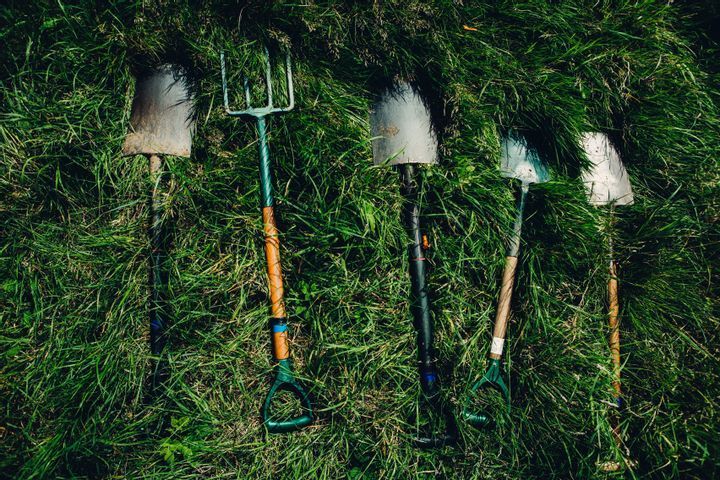
Invest in a posthole digger, so you can create plant holes quickly and easily without having to bend over all the time.
Soda Stream
Another potential pitfall for your plants’ survival is when you plant them in really massive pots. Sometimes you need a big pot of course, but the depth of it can lead to the soil inside being deprived of air or moisture.
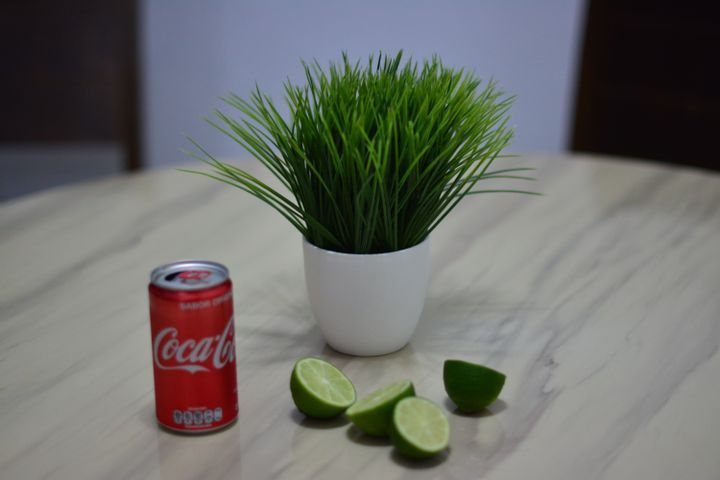
A helpful home hack for this is to fill the bottom of the pot with empty drinks cans. The pockets of air inside the cans will help keep the soil oxygenated and therefore improve the overall health of your plants.
Raise It Up
Skip the backbreaking work of digging up the ground to plant your garden, and opt for raised flower beds instead. By building or purchasing raised beds, you can create a vibrant garden space above ground.
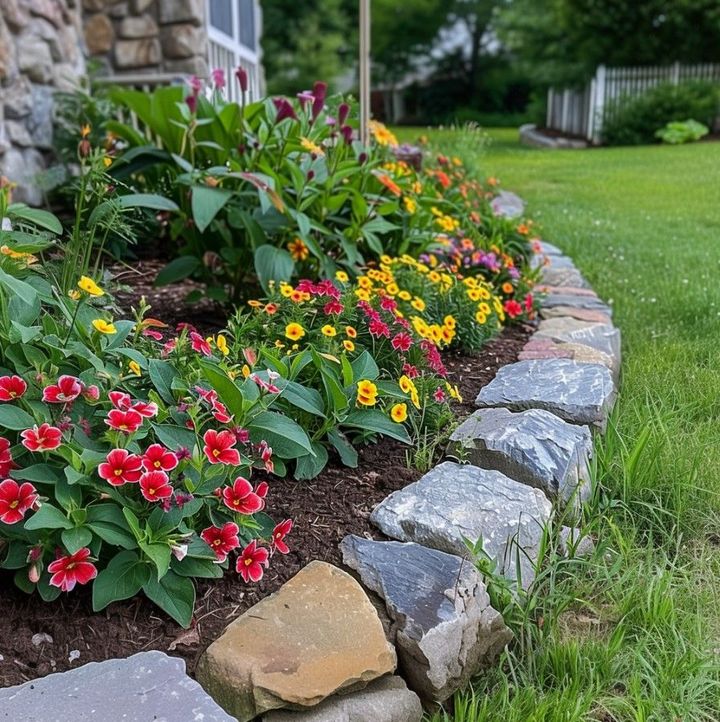
These elevated beds not only save your back but also offer better control over soil quality, drainage, and weed management. Plus, raised flower beds add a neat and organized look to your garden.
Spray Collars
We know that one of the most difficult things about getting rid of weeds, is that sometimes the weed killer we spray on them can also get on our beloved plants. Then the plants we actually want to protect, end up damaged!
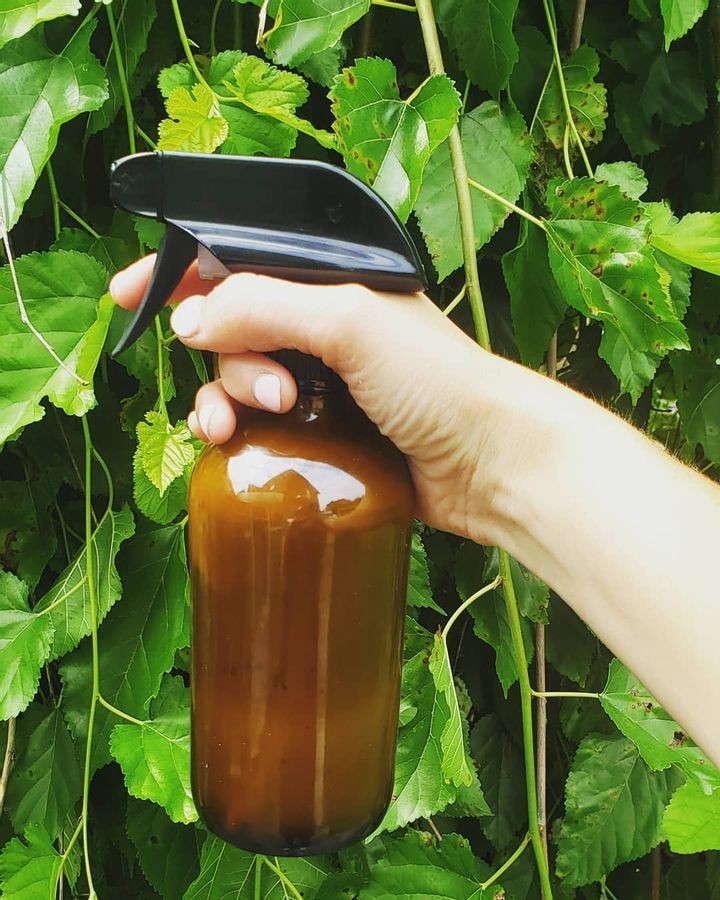
But there’s an easy fix for this—a spray collar. Simply cut the ends off an old plastic bottle and place the ring around the weed you want to kill. Then spray your weed killer inside the ring, and all your plants outside it will remain safe!
Pebble Perfection
If you have an unused patch of land in need of sprucing up, we have a solution for you. By covering the soil with a layer of pebbles, you create a decorative and low-maintenance garden bed.
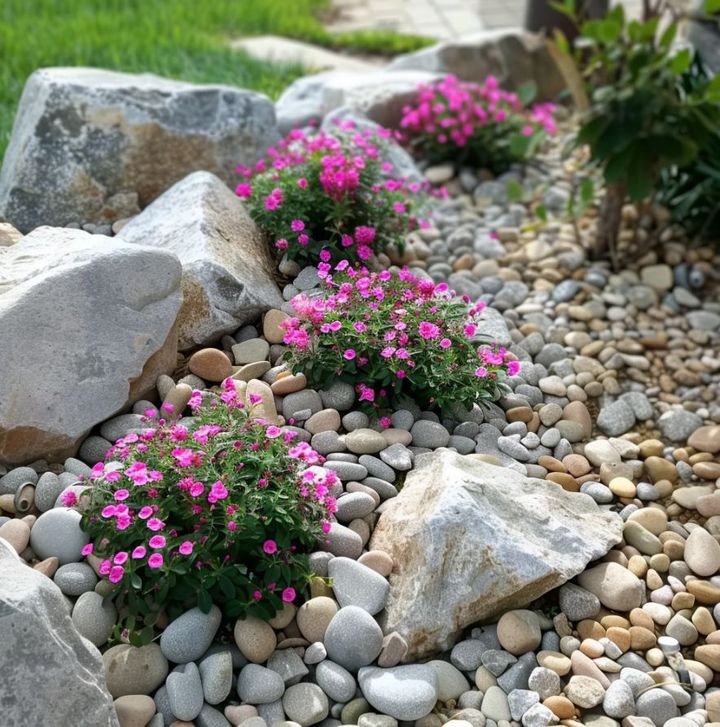
The flowers will grow through the pebbles, which help retain moisture, reduce weed growth, and enhance drainage. This method also adds a modern, clean look to your garden. Choose pebbles that complement your garden’s color scheme for an extra touch of elegance.
Make Weeds Old News
Another super easy home remedy for weeds is one you probably have never thought of! The best way to deal with weeds is to prevent them from appearing in the first place. An amazing way to do this is layer sheets of old newspaper actually within the soil before you plant your shrubs.
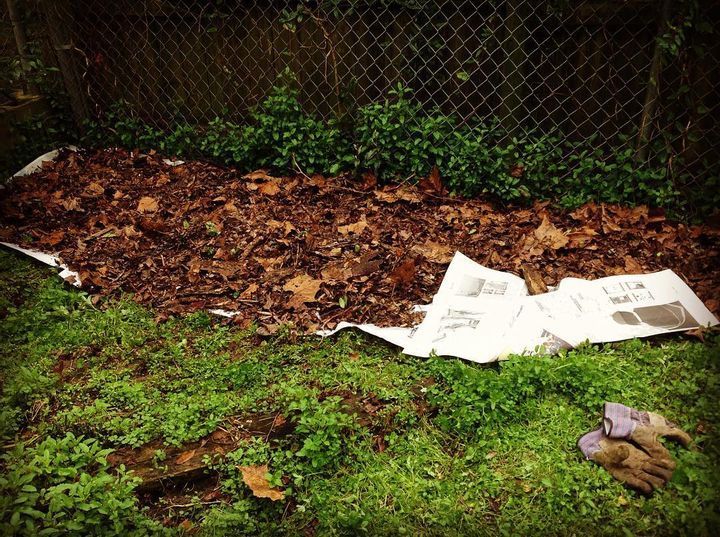
The newspaper won’t stop water and vital nutrients from getting to your seedlings, but it WILL stop any annoying weeds from popping up! Ingenious—and a great way to use up all those old newspapers.
Spruce Up a Walkway
Anyone looking to give their walkway a charming floral makeover, listen up! Elevate your garden paths by planting small flowers between sections of pavement. Choose hardy, low-growing flowers like creeping thyme or moss phlox that can thrive in narrow spaces and withstand foot traffic.
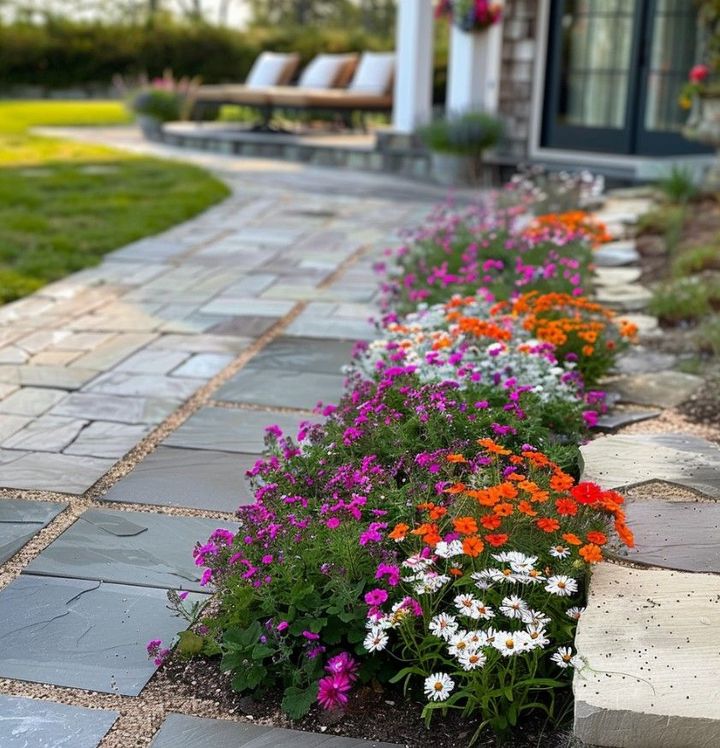
Planting flowers between pavement sections not only adds color and charm, but also helps with water drainage and weed control. It’s an easy and creative way to maximize your garden space and bring a touch of nature to your paved areas.
Squeaky Clean
As well as weeds and slugs, another potential danger facing your garden is the attack of animals such as rabbits and deer. An unexpected visit from these furry not-quite-friends can really wreak havoc on your flowerbeds and undo weeks of hard work.
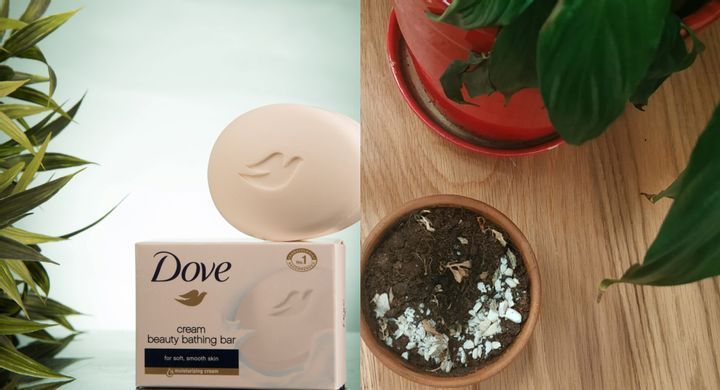
Obviously, we don’t want to harm these animals, but there is a quick fix home remedy to put them off without putting them in any danger. Simply grate a bar of soap into little flecks, and scatter these around your garden. The soap won’t harm the animals, but the smell will put them off, and they’ll go elsewhere!
Wine Cork Labels
Don’t you love it when botanical gardens have those handy signs next to each plant saying what it is? You may not think you need it in your own garden at home, but you’d be surprised how easily your shrubs can get mixed up when they start growing and twining around each other.
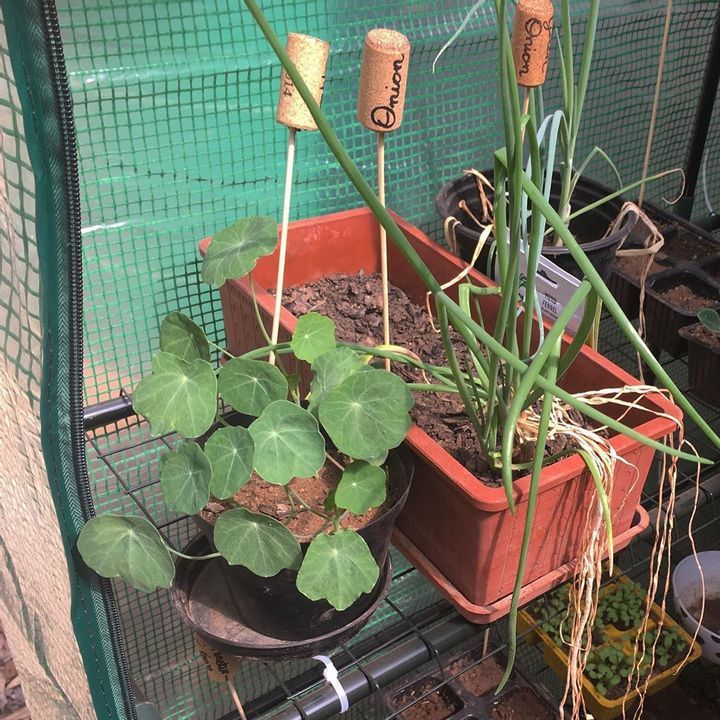
A great way to make these signs at home is attach an old wine cork to a kebab skewer, label it and stick into the ground! Not only will you easily be able to remember which plant is which, it will add immediate style to any garden.
Home Made Weed Killer
Even the best gardener in the world can’t rescue a garden that has been totally ravaged by weeds. These stubborn unwanted plants can pop up and tear right through your painstakingly arranged flower arrangements, and even after enough time can damage your patio and garden surfaces.
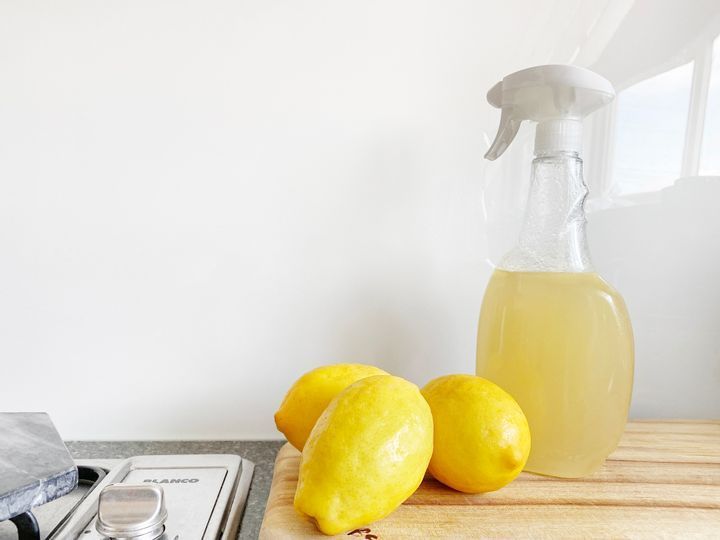
But there’s no need to spend money on a harsh chemical weed killer—save your lungs and your bank balance by making your own! A spritz of dish soap, vinegar and salt, mixed together and sprayed liberally around your garden, will help get rid of any pesky weeds.
Slug Off
Gardening can definitely be tough, sweaty work from time to time. And if that isn’t enough, when you’ve finally got your garden in a respectable state, slimy slugs can start slithering in to try and ruin it. Well, there’s a very easy home remedy for this—beer!
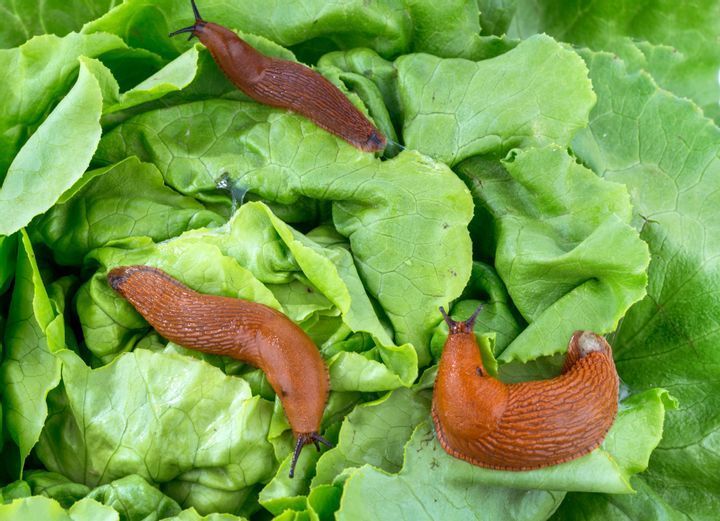
These slimy creatures are mollusks after our own hearts—they love a glug of the frothy nectar. However, unfortunately for them, it also kills them. Simply leave out a dish of beer in your garden, and the slugs will be lured away from your plants.
Slice and Dice
We all know that feeling when we’ve potted a lovely plant and watched it grow, only to realize it’s probably best suited to one of our other pots. When moving a plant from one pot to another, a common mistake is to pull the plant out by its stems. This can damage the plant and separate it from its roots!
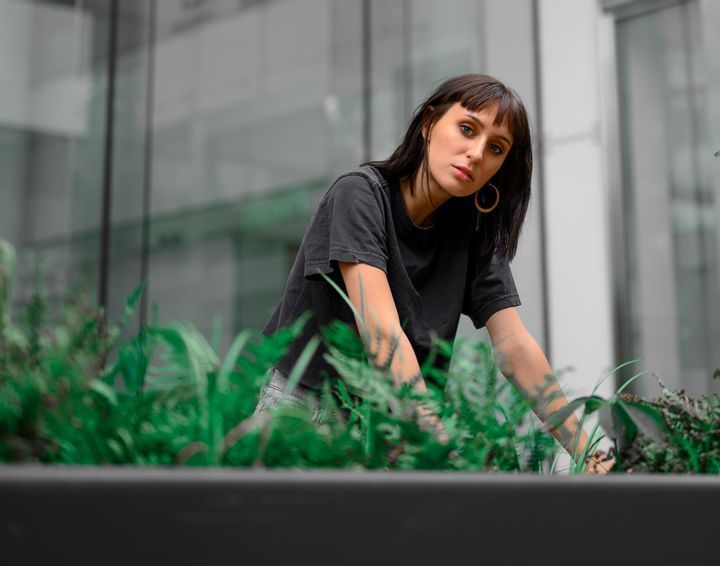
A better way of doing this is take a sharp knife and carefully loosen the soil from the edges of the pot. If you remove the plant by its base, it has a much better chance of surviving the switch.
Cutting Edge
Everyone loves a perfectly trimmed garden or lawn with absolutely poker-straight edges and corners. When you are edging your garden beds at home, here’s a great tip to keep them completely straight and professional looking.
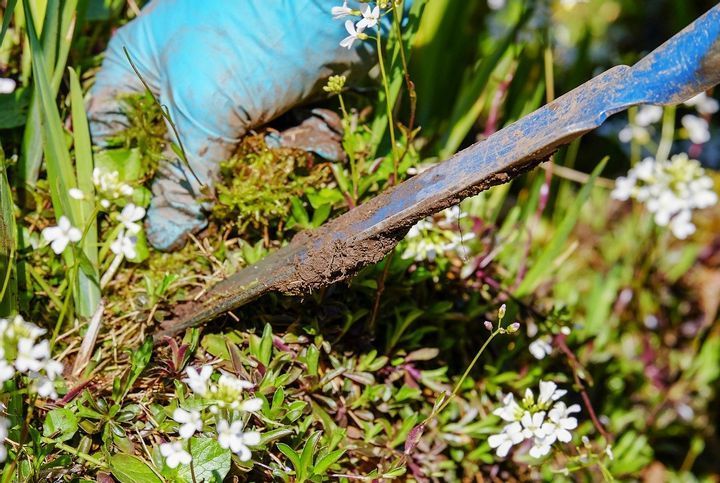
Simply lay down a firm piece of cardboard along where you want to garden edge to be and use this as a guide when sticking in your spade and sliding it along to create the edge. Voila! Super straight edges without needing to call in a professional!
Tool Upkeep
Of course, we all know the saying “a bad workman blames his tools”. So that you don’t look like a tool for blaming your tools, make sure they are always in tip-top condition by storing them the right way.

The best way to store your tools is to keep them in a bucket of sand. Yes, you heard right! Keeping them immersed in sand will stop them from drying or rusting out. Each time you use your tools, spritz them with a bit of mineral water before sticking them back in the sand. They’ll stay clean and sharp for ages!
Perfect Piping
Another of the biggest challenges involved with gardening is how to apply fertilizer to exactly the right spots on the plants that need it. A really handy homemade tip is to use a PVC pipe to help you control your aim and hit the exact parts of the plants that you need.
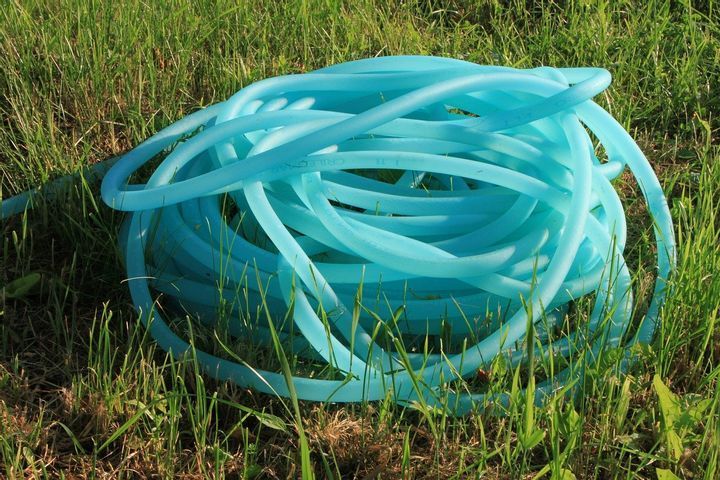
Simply place one end of the pipe on the exact place you want the fertilizer, and pour it in carefully from the other end. You can also cut a 45-degree opening in the pipe at the end where you are pouring it in, to make it even easier.
Bee Hive
Although we have already shared some top tips for protecting your garden from insects, there are in fact some that are quite nice to have around in the yard. Bees, for example, actually help plants and flowers thrive, thanks to the part they play in the overall pollination process.
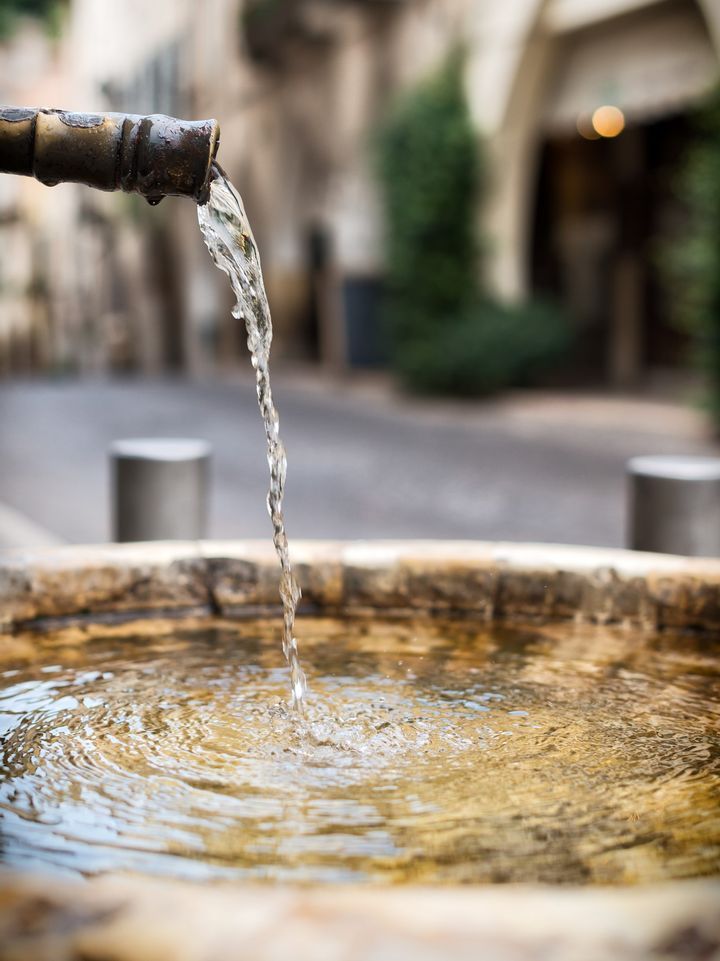
To encourage these helpful workers to your garden, you can set up a DIY watering hole to keep them hydrated. Simply fill a little bowl with water and leave it somewhere near your garden. You can also add little pebbles and stones to give the bees somewhere to stand while drinking.
Watering Can-Do
Spent all your money on seeds and fancy flowering plants, and no cash left to splash on a watering can? No problem!
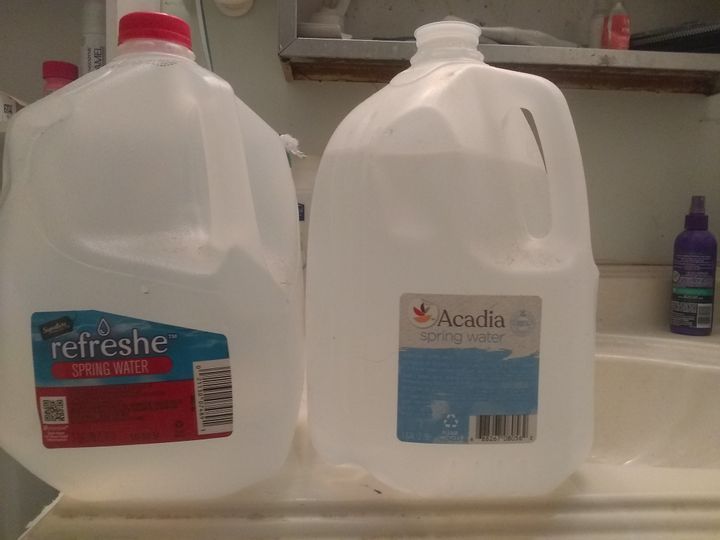
It’s super easy to make one out of an old gallon jug. Rinse out that old milk or juice, and fill the jug with fresh water. Pierce a bunch of tiny holes into the plastic lid, and then voila! As you pour it out, it will sprinkle in several directions just like a watering can bought from any gardening store.
Stud Muffin
All hail the mighty muffin tin. Not only does it provide a home and area for our favorite delicious snack to bake and grow into warm gooey goodness, but you can also use it to improve your garden arrangement!
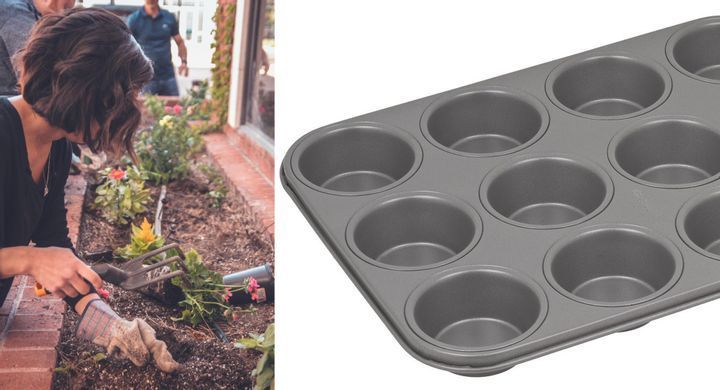
It may sound silly, but it’s actually an incredibly useful and easy hack with this everyday household item. Simply push your muffin tin into the ground, letting each cup squish a muffin-sized dip into the soil. Then use these dips to plant each of your different seeds, keeping them perfectly evenly spread out!
Raise Your Game
While you may not necessarily have the materials for this one lying around in your house anyway, they are still pretty cheap and easy to purchase, so we count this pretty much as a household hack.
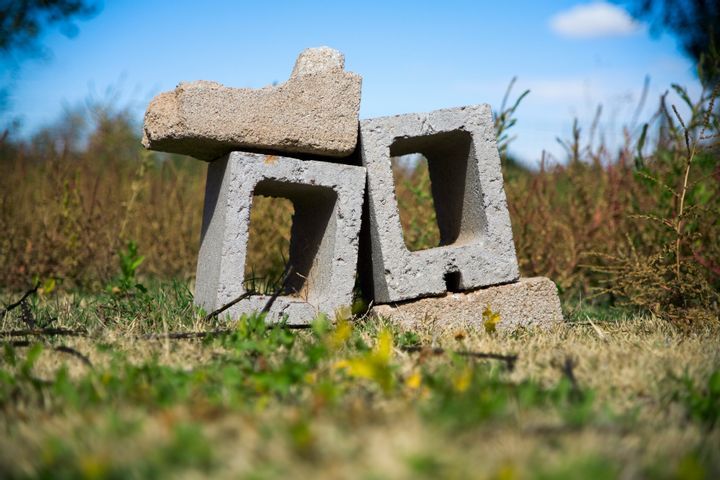
A great way to add some va-va-voom to your garden is to raise the flower beds. As well as looking great, this can also create a clearer and more organized area for your plants to thrive. Simply purchase a few cinder blocks and arrange them where you want to raise the beds. Fill the gaps in the middle with soil, and voila!
